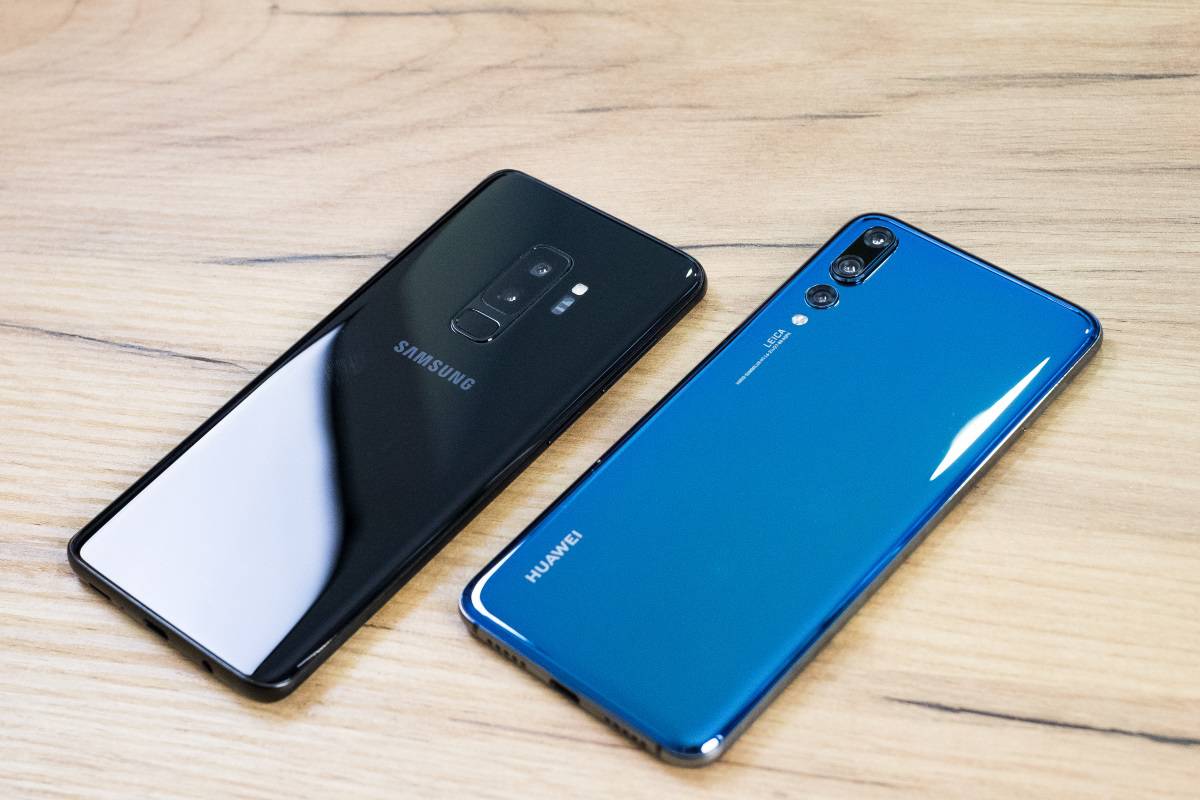Huawei has overtaken Apple this year as the second-largest smartphone maker in the world. Samsung Electronics still has the upper hand in mobile technology, but the gap between the two Asian technology giants is closing. According to calculations by the US market research institute International Data Corporation (IDC), Huawei’s sales jumped 41 percent year-on-year in the second quarter of 2018, with the firm selling 54.2 million smartphones worldwide. With 71.5 million smartphones sold, Samsung is still at the top, but sales are down a good ten percent on the previous year. Meanwhile, Apple sold 41.3 million iPhones.
A fierce battle has developed between Samsung and Huawei for supremacy in the smartphone industry. The battle has seen not only individual companies, but entire supply chains fighting against each other. It is fought in the showrooms, research and development laboratories and even in court with “tit for tat” suits for infringement of intellectual property.
Underdog steals the show from Samsung and Huawei
The duel is about to step up to the next level, with both sides preparing to launch their latest products: foldable smartphones. Both Samsung and Huawei hope that their products will outperform the latest Apple iPhones — launched in September — at least in the markets they serve. However, another player on the market has already stolen the show from both of them: Royole, also known as Rouyu Technology. The Chinese company introduced the world’s first foldable smartphone, the Royole FlexPai, in October. When the device is folded, the screen remains on the outside, allowing the user to seamlessly switch between front and back. However, it remains to be seen how the FlexPai will perform in the West.

A successful start in the race to dominate the foldable technology market could decide far more than a few million sales. The company that is winning with foldable technology would be in the best position to shape the way consumers use these new flexible devices. The new technology has the potential to replace not only old smartphones, but also tablets and even PCs. This could open up entirely new segments and additional sources of revenue — for example, the licensing of technologies or the development of applications for these new multi-purpose devices.
Competition for Samsung in all markets
Even though Samsung is still the market leader, the company is increasingly feeling pressure from its Chinese competitors — and not only in China. Oppo, Vivo and Xiaomi compete head to head with Samsung in India. With equipment sales of 31.9 million units, Xiaomi was the world’s fourth-largest smartphone manufacturer in the second quarter of 2018. Compared to the previous year, this is an increase of 48.8 percent (source: IDC Worldwide Quarterly Mobile Phone Tracker, July 31, 2018).
Samsung is regarded as a technology leader, but experts see a slowing in the pace of Korean innovation. The launch of the ill-fated Note 7 two years ago caused serious damage to the firm’s reputation. Smartphones went up in flames all over the world — the result of errors in the design and manufacturing process of the batteries. Samsung now hopes to regain momentum with the foldable mobile phone.










 Australia
Australia China
China India
India Indonesia
Indonesia Japan
Japan Malaysia
Malaysia Philippines
Philippines Singapore
Singapore South Korea
South Korea Taiwan
Taiwan Thailand
Thailand Vietnam
Vietnam
 Germany
Germany Hong Kong
Hong Kong USA
USA Switzerland
Switzerland Singapore
Singapore








